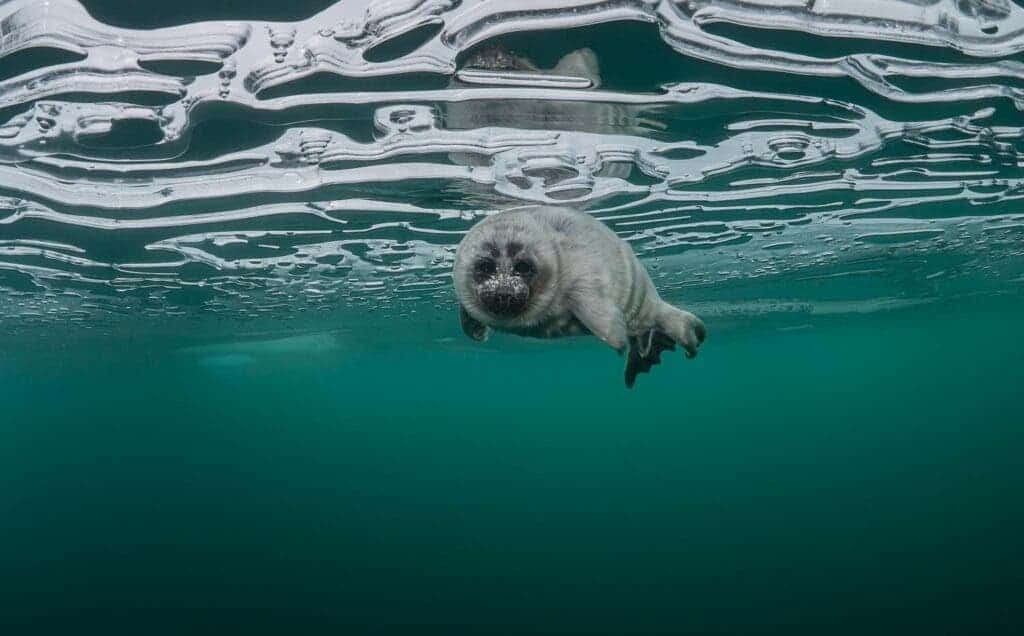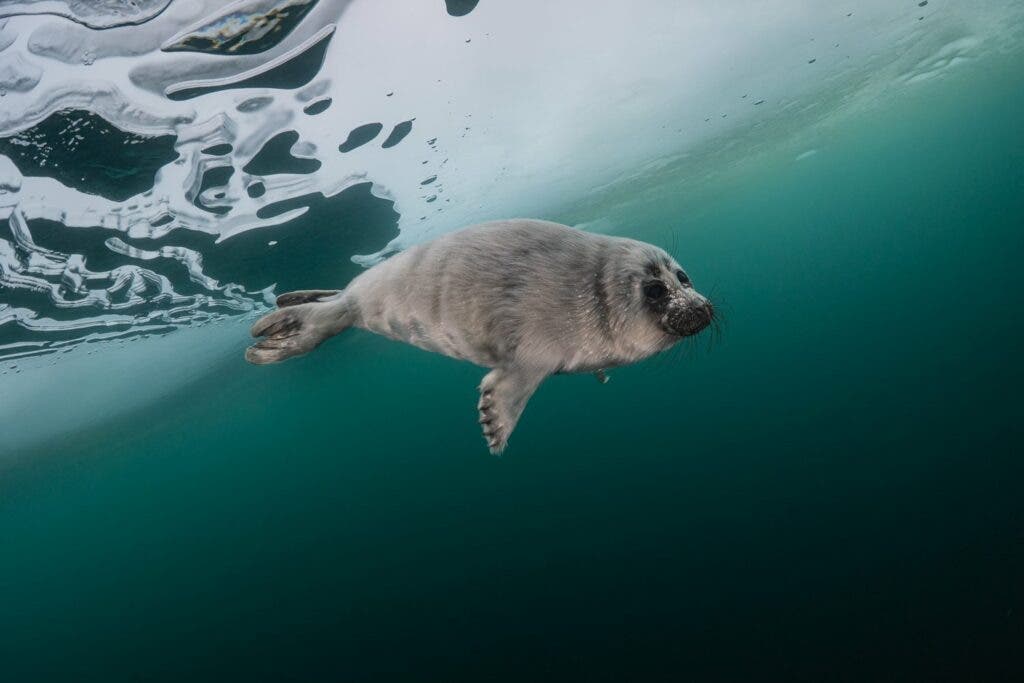Dmitry Kokh is an IT entrepreneur, but his passion is wildlife photography. We’ve featured Dmitry’s work before when he photographed polar bears in an abandoned weather station, and now he’s back with something else, just as exciting: adorable seals.
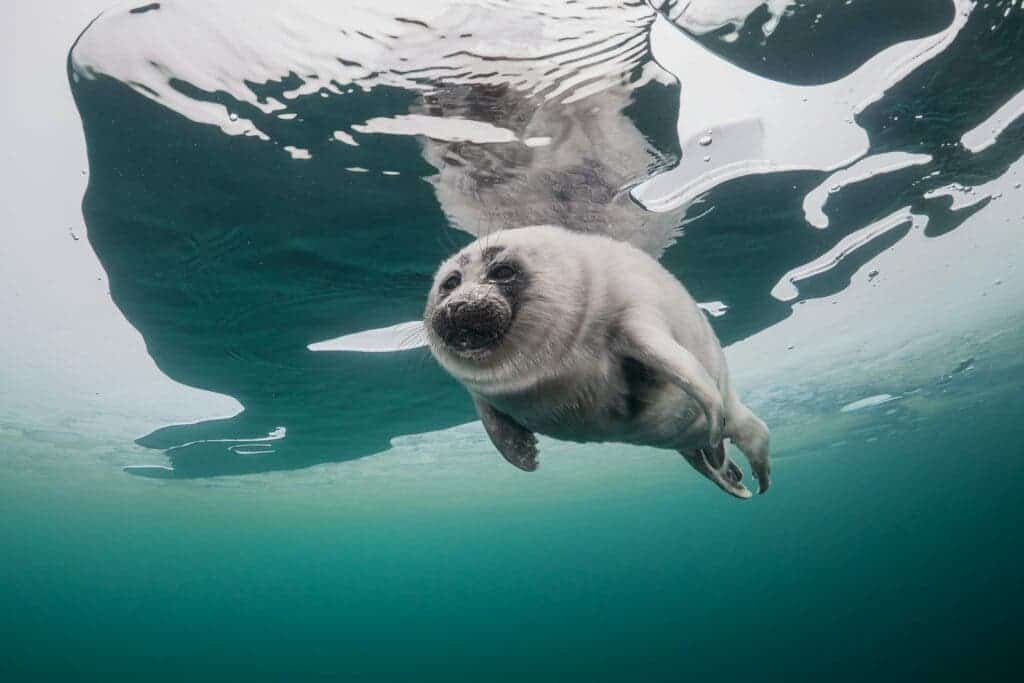
“While the past couple of months have been intense to say the least,” Dmitry told ZME Science, “thankfully I have been able to get back out in the field. In April I went out to Lake Baikal to try and capture young Baikal seals under ice water, and I’m happy to report that my mission was successful.”
Lake Baikal is the world’s deepest lake — going down to 1,642 m (5,387 ft) — the world’s largest freshwater lake (slightly larger than Belgium), and the world’s oldest lake, dating back to 25–30 million years. Baikal also hosts stunning biodiversity that includes thousands of species of plants and animals, many of them endemic to the region.
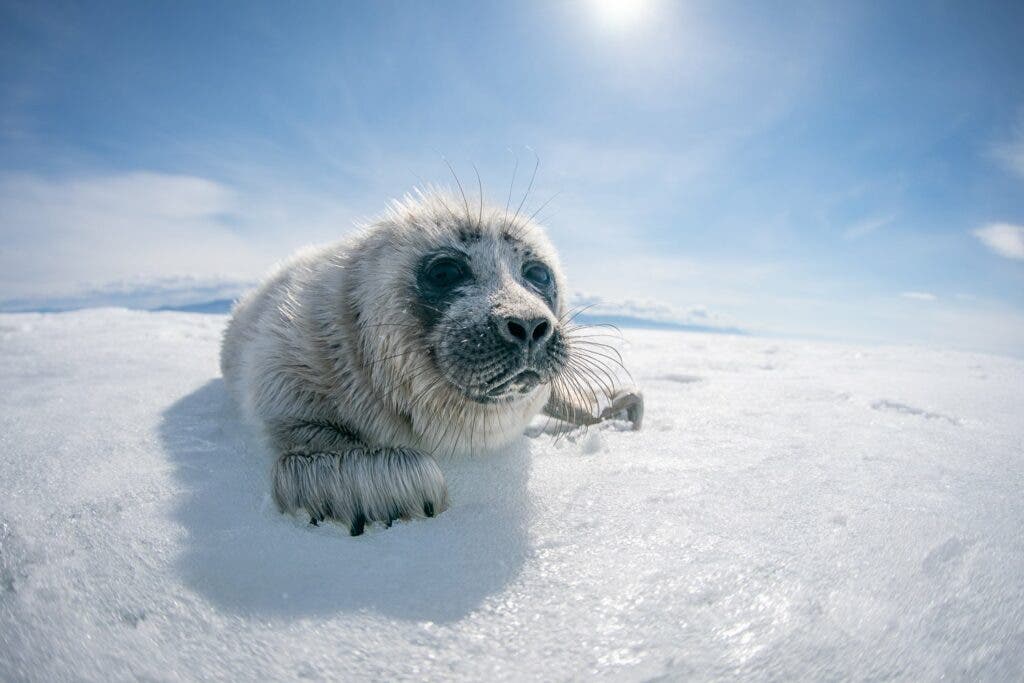
Baikal Lake is also home to the Baikal Seal — one of the smallest species of true seals, and the only seal that lives exclusively in fresh water. Adults typically grow to 1.1–1.4 m (3 ft 7 in – 4 ft 7 in) in length and weigh around 63 to 70 kg (139 to 154 lb) — though they can be twice as heavy and as big.
Locally, the seal is known as ‘nerpa’, though even the local populations aren’t sure exactly how the seal ended up in Baikal Lake in the first place.
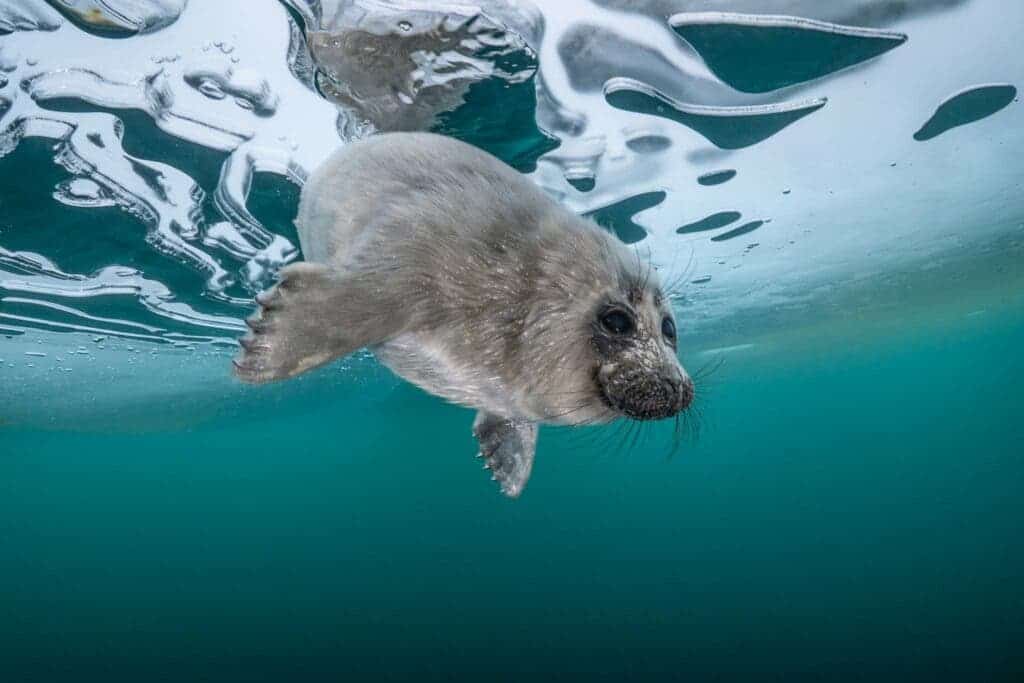
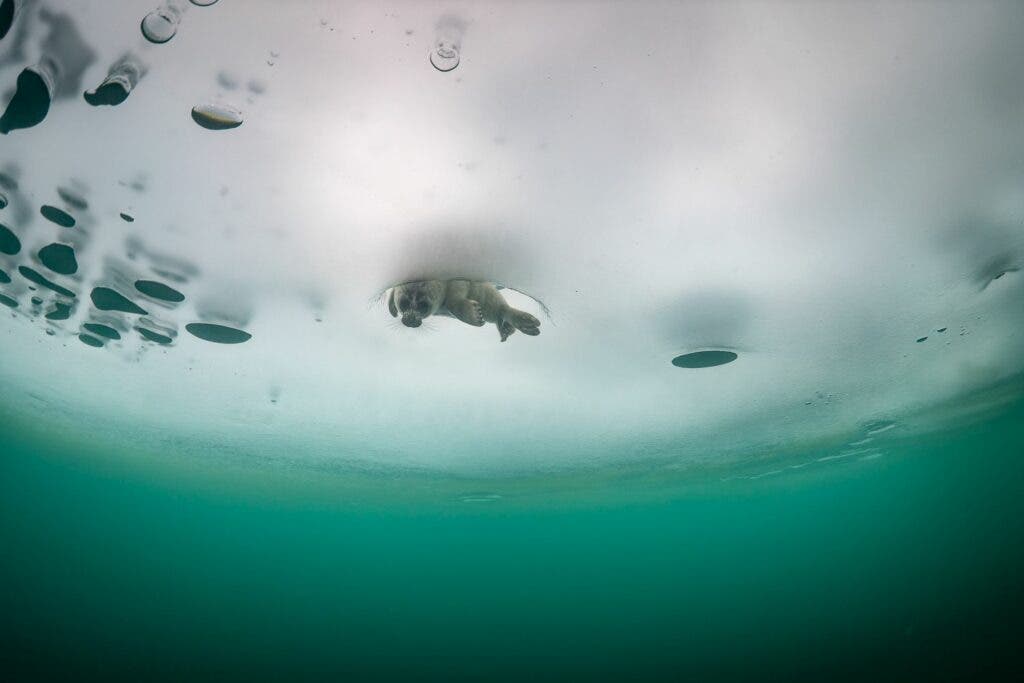
The photographer first tried to snap pictures of the seals two years ago, but he was unsuccessful. The lake freezes in mid-January and the seals are shy — and so they ran away from him as quickly as possible, disappearing under the ice. But he didn’t give up. Two years later, he caught a break, especially with some seal pups.
“Baikal seals are very shy, but not the young ones! Nerpas females give birth in March, in snow-covered burrows on the ice. Newborn pups are covered with white fur, they cannot swim yet, and it’s not really possible to get close without harming them. In a few weeks, fur becomes grey, and the pup is ready to explore the depths of the lake and the magical world below the ice,” the photographer wrote in a blog post.
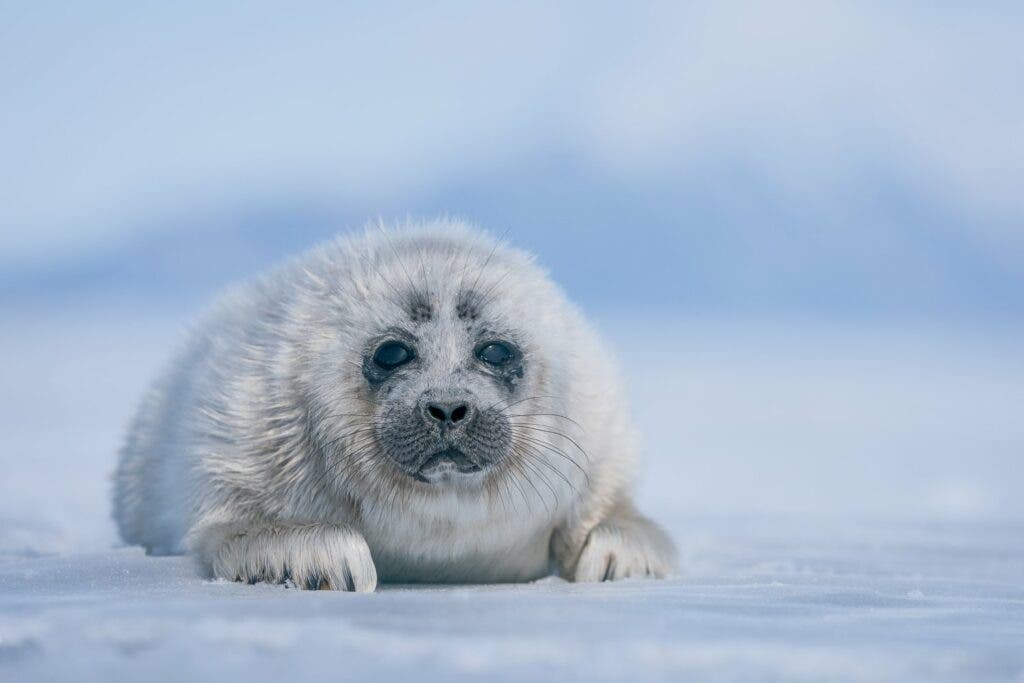
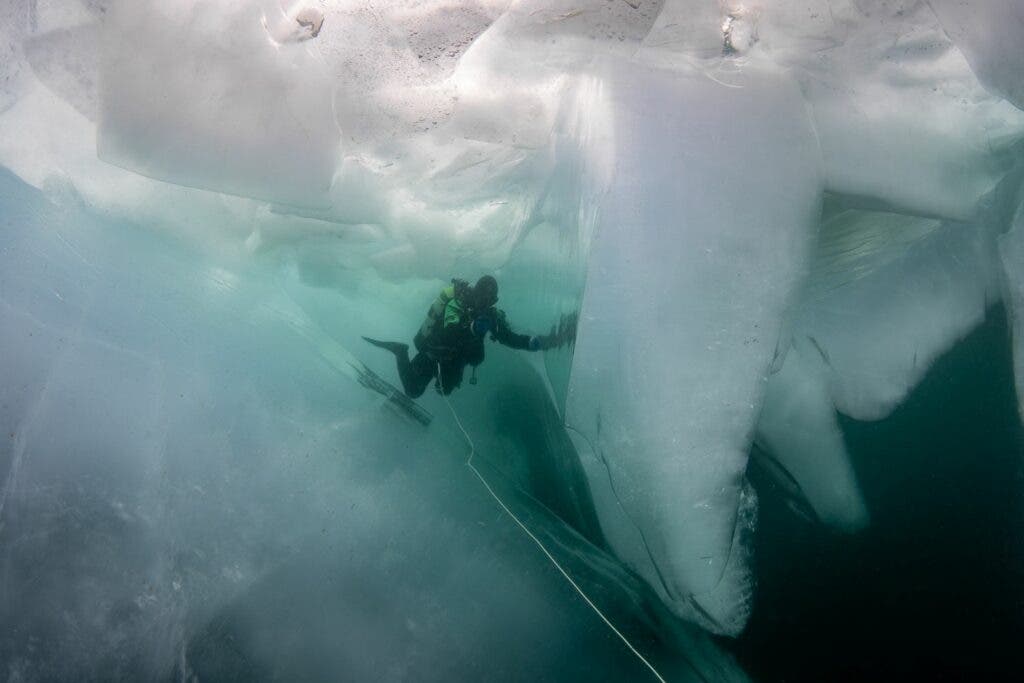
It wasn’t an easy task. The lake is frigid, the environment is fragile, and there’s no real way of knowing where the seal burrows are — if you’re a human, at least. So Kokh employed the help of a local dog named Pulka who was trained to do this job for years.
Seals make burrows that have an exit to the lake, so the idea was to locate the burrow, dive next to it, and then wait for the seal to come back. But you need to get a bit lucky, and you can’t exactly stay in the icy water all day long. It took a long time before Kokh got a bit lucky, and the task was daunting.
“When you’re inside these passages, you cannot stop thinking about the 1 km of depth below and an endless ceiling of thick ice above you. The only way back is a small hole in the ice a hundred meters away – a precious window to our world,” he says.
Along with the seals, he observed massive cracks along the lake ice (some cracks would go on for 1 km, which should be a concern for the people driving over the frozen lake). He also observed “ice clouds” massive ice formations that form in the beginning of winter when strong winds move huge floes along the water.
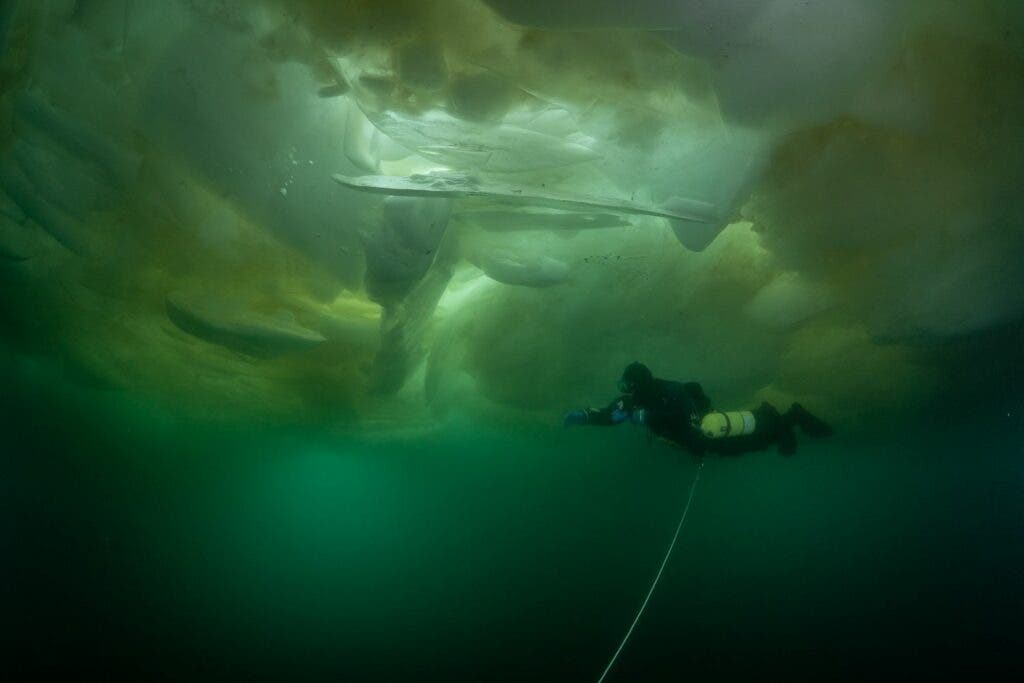
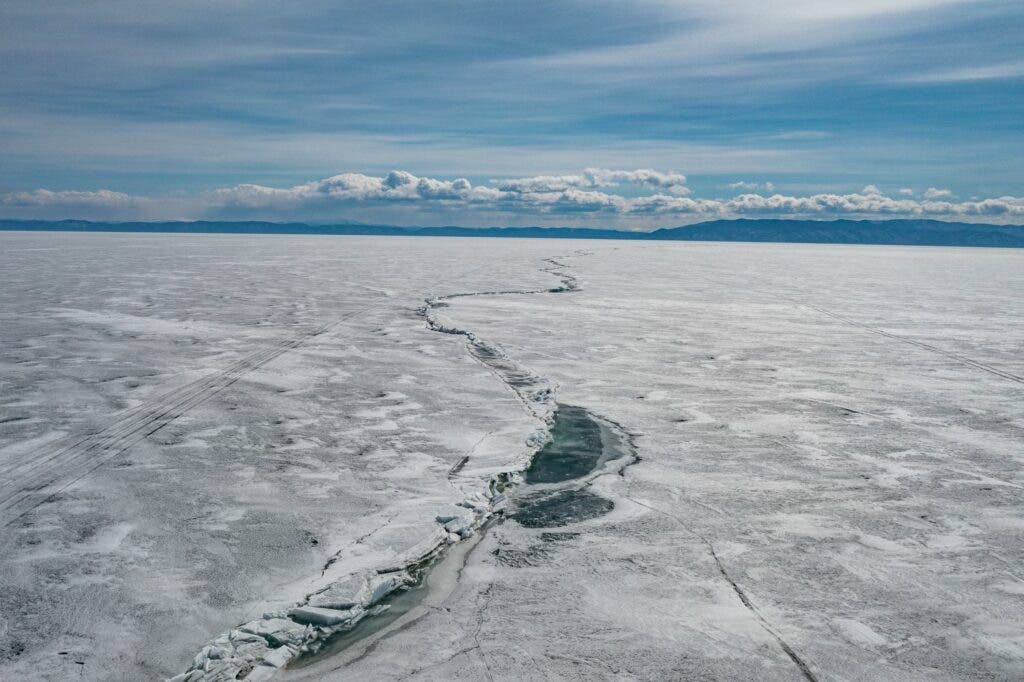
Since 2008, the Baikal seal has been listed as a Least Concern species, but the seals are facing significant threats. In addition to hunting (both legally and poaching), industrial activity next to the lake is introducing pollutants into the ecosystem. Pesticides such as DDT and hexachlorocyclohexane, as well as industrial waste from a nearby pulp and paper plant, are thought to have exacerbated several disease epidemics among Baikal seal populations. Of course, global warming is also a major threat to the seal — and the entire lake ecosystem. Such a closed system is unlikely to be able to adapt to the rapidly shifting temperatures.
Ultimately, Kokh’s photos are a highlight of a world that’s normally hidden from the human eye — a cold, harsh, but beautiful world. A world that is also fragile and vulnerable to our activity; hopefully, a world that we’ll do our best to protect.
